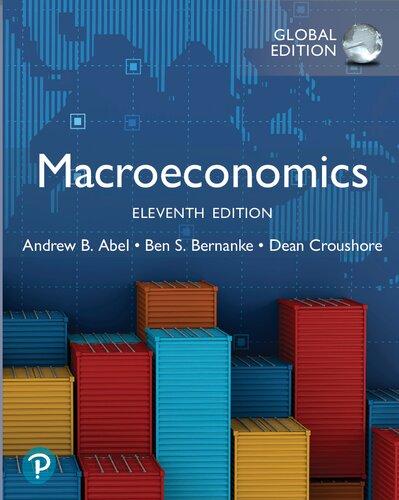1. Julia is making saving plans for this year and next. She knows her real income after...
Question:
1. Julia is making saving plans for this year and next.
She knows her real income after taxes will be $50,000 in both years. Any part of her income saved this year will earn a real interest rate of 10% between this year and next year. Currently, the consumer has no wealth (no money in the bank or other financial assets, and no debts). There is no uncertainty about the future.
The consumer wants to save an amount this year that will allow her to (1) make college tuition payments next year equal to $16,800 in real terms;
(2) enjoy exactly the same amount of consumption this year and next year, not counting tuition payments as part of next year’s consumption; and (3) have neither assets nor debts at the end of next year.
How are the amounts that the consumer should save and consume affected by each of the follow ing changes (taken one at a time, with other vari ables held at their original values)?
b. Her current income rises from $50,000 to $54,200.
c. The income she expects to receive next year rises from $50,000 to $54,200.
d. During the current year she receives an inheri tance of $1050 (an increase in wealth, not income).
e. The expected tuition payment for next year rises from $16,800 to $18,900 in real terms.
f.
a. How much should the consumer save this year?
How much should she consume?
The real interest rate rises from 10% to 24%.
Step by Step Answer:

Macroeconomics
ISBN: 9781292446127
11th Edition
Authors: Andrew B. Abel, Ben S. Bernanke, Dean Croushore






